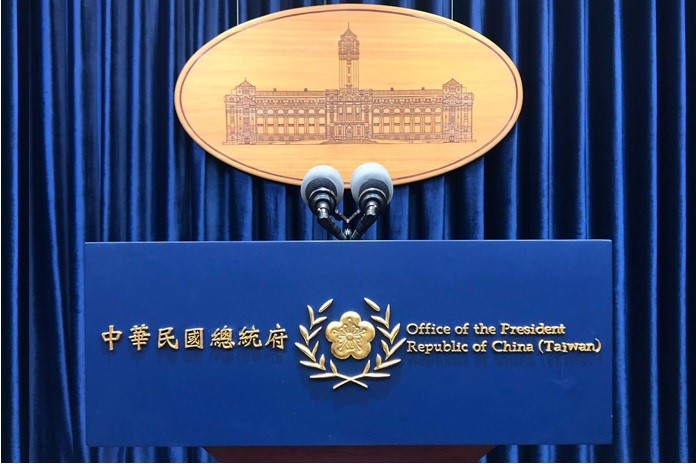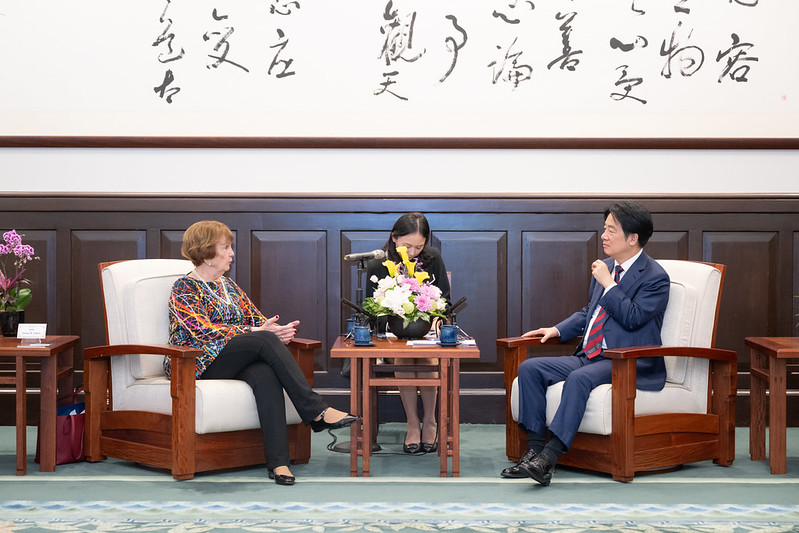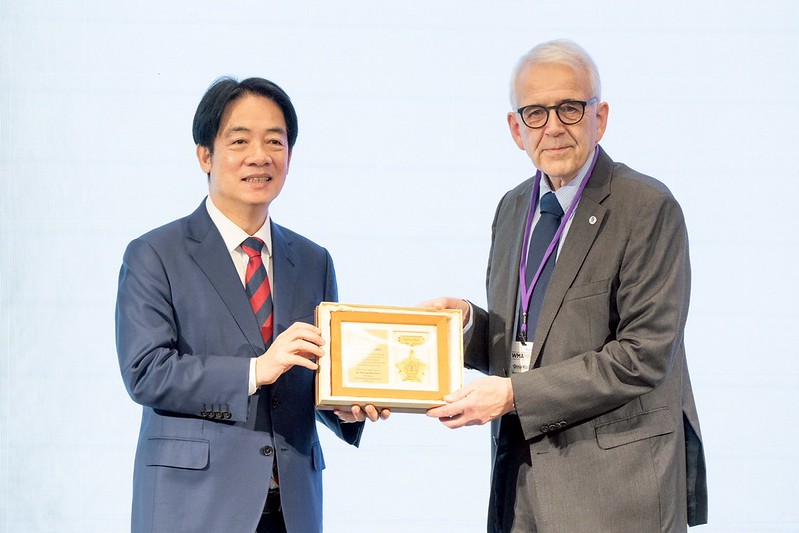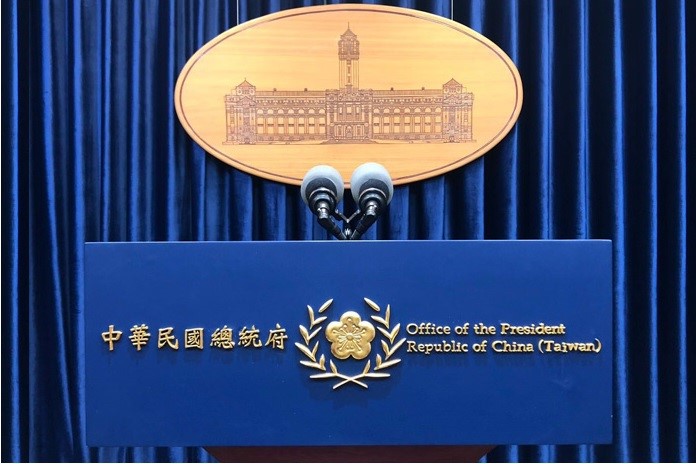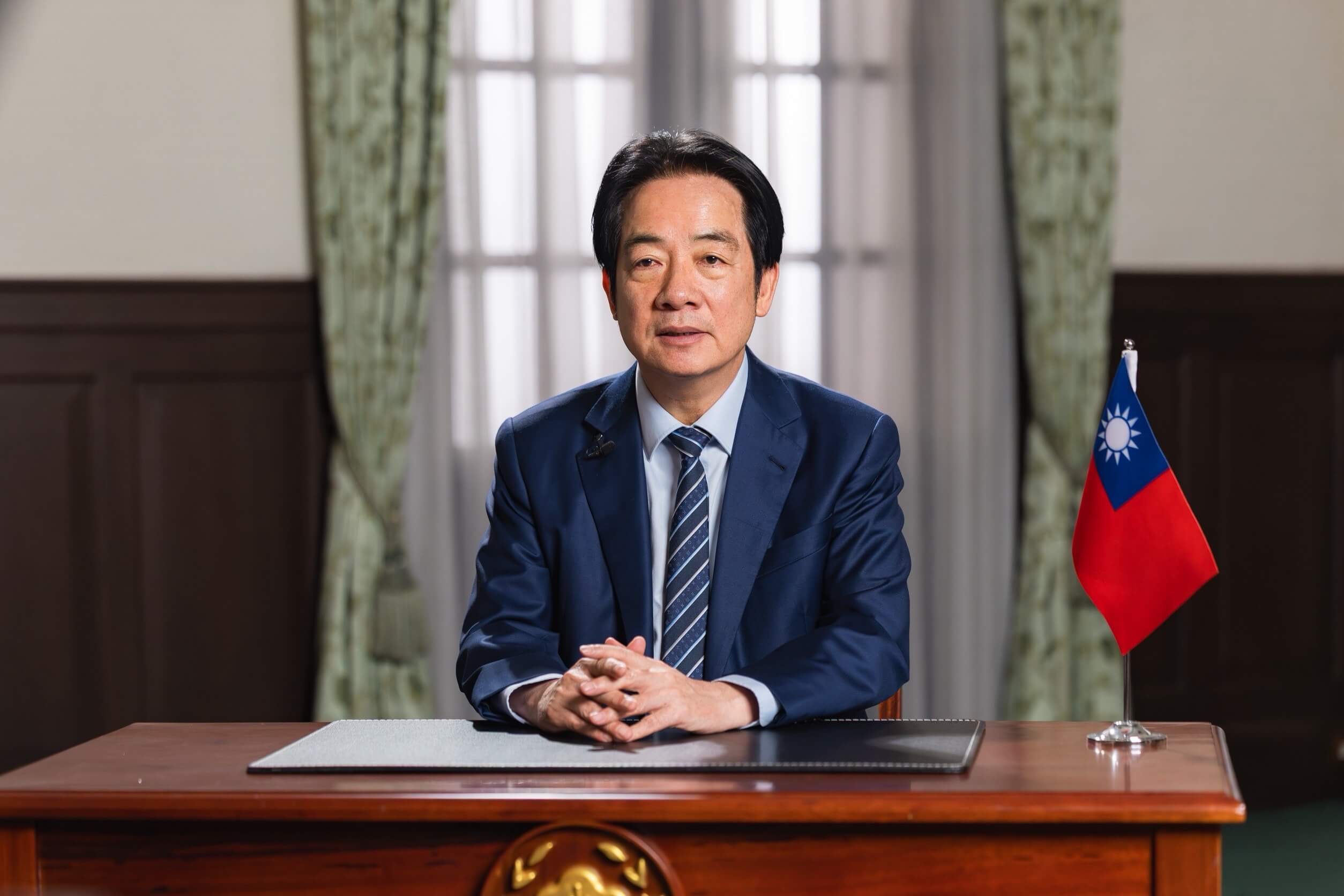News & activities
 News releases
News releases
The New Southbound Policy is a crucial part of Taiwan's economic and trade strategy, which aims to redefine Taiwan's important role in Asia's development, identify a new direction and a new driving force for a new stage of economic development, and create future value. In light of this, President Tsai Ing-wen convened a meeting on international economic and trade strategy on August 16. During the meeting, participants approved the adoption of policy guidelines for the New Southbound Policy. The guidelines clearly set forth the guiding principles of the New Southbound Policy and its short, medium, and long-term goals. They will also guide action and serve as a framework for implementation. In the future, these guidelines will shape the direction of government undertakings, coalesce resources and forces in our society, and make it clear to the international community (especially the nations of ASEAN and South Asia) that Taiwan has bona fide intentions to push forward with cooperation projects and engage in talks and dialogue, in order to lay a solid foundation for implementing the New Southbound Policy across-the-board.
The following is a translation of the full text of the guidelines for the New Southbound Policy:
The New Southbound Policy is a crucial part of Taiwan's economic and trade strategy. As an important member of both Asia and the Asia-Pacific region, Taiwan must respond to changing global conditions and the trend toward regional integration by making appropriate adjustments. The New Southbound Policy has been adopted in order to identify a new direction and a new driving force for a new stage of Taiwan's economic development, to redefine Taiwan's important role in Asia's development, and to create future value. At the same time, via this policy, our government hopes to start up wide-ranging negotiation and dialogue with the nations of ASEAN and South Asia as well as New Zealand and Australia, with an eye to establishing close cooperation and together achieving regional development and prosperity.
A. Key goals of the New Southbound Policy
1. Overall and long-term goals
(1) Foster links between Taiwan and the nations of ASEAN and South Asia as well as New Zealand and Australia in the areas of economic and trade relations, science and technology, and culture; share resources, talent, and markets; and create a new cooperation mode that seeks mutual benefits and win-win situations. By these undertakings, we seek to forge a "sense of economic community."
(2) Establish mechanisms for wide-ranging negotiation and dialogue; form a consensus for cooperation with the nations of ASEAN and South Asia as well as New Zealand and Australia; effectively resolve related problems and disagreements; and gradually build up mutual trust and a sense of community.
2. Short- to mid-term goals
(1) Use a combination of national will, policy incentives, and business opportunities to spur and expand "two-way" exchanges in the areas of economic and trade relations, investment, tourism, culture, and talent.
(2) In support of a New Model for Economic Development, encourage industry to adopt a New Southbound strategy in planning their next moves.
(3) Cultivate more people with the skills needed to support the New Southbound Policy, thereby resolving a developmental bottleneck.
(4) Expand multilateral and bilateral negotiation and dialogue to enhance economic cooperation and resolve disputes and disagreements.
B. Implementation principles for the New Southbound Policy
1. Settle in for the long haul, forge a sense of economic community
Taiwan's past success in economic development came about because our actions were in line with our comparative advantages—an outward-looking strategy and strength in contract manufacturing. This earned Taiwan a place in global supply chains and, within Asia, a key role as a provider of capital and technology and an integrator of resources. Faced with a reshuffling of global supply chains and the rise of emerging economies, Taiwan must redefine its role in the process of regional development. We intend to create a New Model for Economic Development based on the core elements of innovation, employment, and equitable distribution. We further intend to bring about new modes of production and new ways of living that will make Taiwan a model for Asia and the Asia-Pacific region. In the future, we hope to act as "an innovator, a sharer, and a provider of services."
3. Pursue a strategy of four key links
(1) Soft power links
Countries throughout the world expend great efforts to maintain good ties with the nations of ASEAN and South Asia as well as New Zealand and Australia. Taiwan's main strengths, meanwhile, lie in its soft power in areas such as technology, people and culture. In the future, Taiwan should pay especially close attention to soft power as a core aspect of its strategy to link up with other countries. We need to take advantage of Taiwan's broad experience in medical care, education, technology, and agricultural cooperation and small and medium enterprises to promote multilateral and bilateral cooperation with the nations of ASEAN and South Asia as well as New Zealand and Australia.
(2) Supply chain links
In the area of trade and investment, there is a high degree of complementarity between Taiwan and the nations of ASEAN and South Asia as well as New Zealand and Australia. Due to the impact of structural factors, however, some industries in recent years have stopped growing or even gone into decline. To spur trade and investment, we need to deal first with supply chain integration. This integration is needed in such sectors as information and communications technology (ICT), domestic-demand-driven industries, energy and petrochemicals, new agriculture, and financial services. As for division of labor and cooperation in next-generation industries and international trade, this is another area where we need to act early to put the pieces in place, starting with the five major innovative industries, so as to leave ourselves room for multilateral participation and cooperation. Cooperation involving small and medium enterprises should also be included as a key focal point of cooperation.
(3) Linking regional markets
The nations of ASEAN and South Asia as well as New Zealand and Australia are spread out across a vast region, and there are pronounced differences among them in terms of level of development, culture, customs, and legal systems. To boost two-way investment and trade and spur more vigorous economic cooperation, we must strengthen linkages among different markets within the region. Accordingly, investing in soft and hard infrastructure and strengthening links with regional markets are key to cooperation with the nations of ASEAN and South Asia as well as New Zealand and Australia, and offer immense business opportunities. In the future, Taiwan will need to make an active effort, using the resources at its disposal, to take part in the building of infrastructure in the aforementioned areas. We will also have to capitalize on Taiwan's technical edge in ICT software to promote online links with the nations of ASEAN and South Asia as well as New Zealand and Australia. In addition, we must at the same time push to adjust our legislation in order to expand links with regional markets.
(4) People-to-people links
Travel and tourism are at the core of people-to-people ties, and a catalyst for intercultural exchange and fusion. If we are to establish close ties with the nations of ASEAN and South Asia as well as New Zealand and Australia, then promoting people-to-people links is a core task. In the future, we should use tourism and cultural resources to promote two-way ties and exchanges, thereby implementing a people-centered New Southbound spirit.
4. Cultivate more people with the skills needed to support the New Southbound Policy
Overcoming a shortage of people with the needed skill set is key to the success of the New Southbound Policy. We need to cultivate long-term talent and turn out increased numbers of short-term talent so there will be a deeper labor pool to support the New Southbound Policy. The government must invest more resources. It must provide technical and vocational education, stimulate industrial development, and cultivate more "New Southbound personnel" in order to provide companies with the long- and short-term personnel they need. The government must also encourage immigrants in Taiwan to get involved in this "New Southbound" undertaking, and mainstream language instruction to cultivate personnel with expertise in languages for New Southbound Policy.
5. Pursue institutionalized bilateral and multilateral cooperation
We have consistently pursued the goals of promoting institutionalized economic cooperation with our major trading partners and taking part in the process of regional economic integration. We need to continue working to sign bilateral investment and taxation agreements with the nations of ASEAN and South Asia as well as New Zealand and Australia, and should actively seek to sign economic cooperation agreements or enter into economic cooperation projects with our major trading partners. Doing so will build up a stronger foundation and momentum for our efforts to join the Trans-Pacific Partnership (TPP) and the Regional Comprehensive Economic Partnership (RCEP).
6. Plan out a comprehensive set of coordinated measures and effective risk controls
If the New Southbound Policy is to endure, we need to engage in comprehensive efforts. Government agencies must play their proper roles by planning out the establishment of comprehensive sets of coordinated measures, including deregulation and steps to ensure the free movement of people, goods, and money. We need to provide convenient financing channels, technical support, and plentiful information, and complement these efforts with foreign aid to support implementation of the New Southbound Policy. On another front, we also need to take risk management seriously and be fully aware of the possible political and economic risks associated with the New Southbound Policy. In pursuing links and cooperation with other countries, we need to adopt plans that are appropriate given local political realities and conditions within local Taiwanese expatriate communities. At the same time, we need to establish early warning and response mechanisms for major incidents in order to effectively control risks.
7. Participate actively in international cooperation
The nations of ASEAN and South Asia are important emerging economies. The United States, Japan, and mainland China all have proactive strategies for developing relations with them, and international organizations such as the World Bank and the Asian Development Bank have all expended resources to assist with regional development. Taiwan should take active part in international cooperation and establish strategic alliances with friendly countries and together establish links with the nations of ASEAN and South Asia.
8. Comprehensively enhance mechanisms for talks and dialogue
Pursuing the New Southbound Policy and engaging in wide-ranging communication and dialogue with the nations of ASEAN and South Asia as well as New Zealand and Australia are very important tasks. In the future, Taiwan should comprehensively enhance mechanisms for negotiation and dialogue. With the office for international economic and trade negotiations to be established under the Executive Yuan, we will further strengthen the international negotiating capabilities of the Ministry of Foreign Affairs, the Ministry of Economic Affairs, and other such agencies, so that we can engage in multi-level and comprehensive negotiation and dialogue with the nations of ASEAN and South Asia as well as New Zealand and Australia aimed at eliminating barriers and impediments rooted in systems and policies.
9. Good-faith cross-strait interactions and cooperation
The two sides of the Taiwan Strait both bear a great responsibility for regional peace and development, and share a lot of common interests. In seeking economic cooperation with the nations of ASEAN and South Asia as well as New Zealand and Australia, the two sides each have different resources and advantages. By working together we can multiply our strengths. Therefore, we do not rule out the possibility of engaging in negotiation and dialogue with the other side on related matters at opportune moments, so that the New Southbound Policy and cross-strait relations can be mutually reinforcing undertakings, and the two sides can together set a model for regional cooperation.
10. Make good use of private-sector organizations and vitality
The New Southbound Policy has to be thoroughly implemented in all aspects of private-sector exchanges, so it is necessary to make good use of private-sector organizations such as academic, research, religious, cultural, artistic, industrial and commercial groups as well as associations of Taiwan-invested enterprises and NGOs. We need to encourage and help them to take part in New Southbound work so that private-sector firms can bring their energy fully into play and play a vanguard role in implementation of the New Southbound Policy.
C. Framework for implementation of the New Southbound Policy
1. Division of labor among government agencies
The New Southbound Policy is very broad in its impact. The Office of the President, National Security Council, Executive Yuan, and related cabinet agencies need to adopt policy guidelines addressing their own areas of responsibility. They need to promote related projects and programs, including flagship programs in different fields, and undertake the relevant work with clear plans, procedures and priorities.
2. Establishing a mechanism for liaison with elected officials and local governments
To fully launch and implement the New Southbound Policy, the support of elected officials and participation of local governments are necessary. For this reason, the central government must establish a mechanism for coordination and liaison with the Legislative Yuan and local governments, in order to consolidate collective strengths in support of the New Southbound Policy, so that it will yield positive results for the country.
